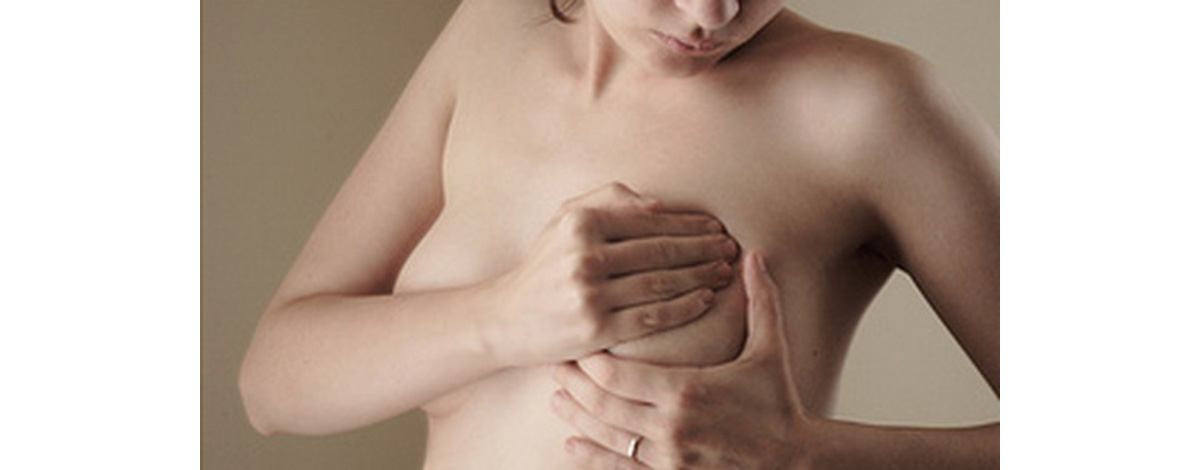Table of Contents
Although most cancers are sporadic, some run in the same family from generation to generation. Some types of breast cancer have strongly been associated with a family history. With our constantly improving knowledge of human genetics, we now have a much better understanding of reasons behind this inherited pattern of breast cancers. Moreover, we can calculate the risk and take helpful preventive measures to avoid the disease.

The hereditary aspect of breast cancer
This is a clear indication that some common genes are at play here. Some of the most well-known and best studied heritable genes linked to the development of breast cancer are the mutant forms of the BRCA genes (BRCA1 and BRCA2). They are often referred to as high susceptibility genes. The mutations in these genes are inherited in an autosomal dominant pattern. This means that the presence of a single mutant gene copy is sufficient to cause the diseased condition.
The effect of BRCA mutations can be clearly seen in a small northern European nation of Iceland. This country has the largest rate of breast cancer in the entire world. Iceland's breast cancer rate is almost twice as high as the world’s average. Researchers believe that this is a consequence of so-called “founder’s effect”. The whole nation was established by just few families who migrated to the island from Norway. Apparently, one of the women brought to the island was a carrier of the defective BRCA gene, and she then passed that gene on to all her descendants, up to this very day.
More recent scientific studies show that many other genes can influence the risk of breast cancer in addition to the notorious BRCA mutations. For instance, a specific mutation in the CHEK2 gene (a cell cycle check point kinase) increases the chance of breast cancer risk among women twofold while increasing the risk of breast cancer in men by a factor of 10. Mutations in the gene PALB2 have been linked to increased breast cancer risks and its pattern of mutation is quite similar to those of BRCA2. Rare mutations in BRIP1, ATM, NBS1 and Rad51 also contribute to nearly 2-fold increment in breast cancer chances.
Now researchers are discussing the ‘multiple rare alleles - common disease’ model that involves the formation of a complex of eight genes that might regulate breast cancer. However, the origin of the half of all hereditary breast cancer cases still remains unknown. Involvement of many more genes and their mutants are yet to be unraveled to understand the hereditary aspect of breast cancer. Genome wide association studies (GWAS) are increasingly used to identify common genetic variants that might be involved in the development of this disease.
- Walsh T, King MC. (Feb 2007) Ten genes for inherited breast cancer, 11: 103-105
- Husing A, Canzian F et al. (Sep 2012) Prediction of breast cancer risk by genetic risk factors, overall and by hormone receptor status, J. Med. Genet. 49: 601-608
- Ingle JN, Liu M, Wickerham DL et al. (June 2013) Selective estrogen receptor modulators and pharmacogenomics variation in ZNF423 regulation of BRCA1 expression: individualized breast cancer prevention. Cancer Discovery, 3: 812-825
- Ingle JN. (Jun 2013) Pharmacogenomics of endocrine therapy in breast cancer, J Hum Genet. 58:306-312.
- Photo courtesy of rachel a. k. by Flickr : www.flickr.com/photos/kimonomania/2913549908/
- Photo courtesy of TipsTimes by Flickr : www.flickr.com/photos/tipstimes/7483072476/


Your thoughts on this